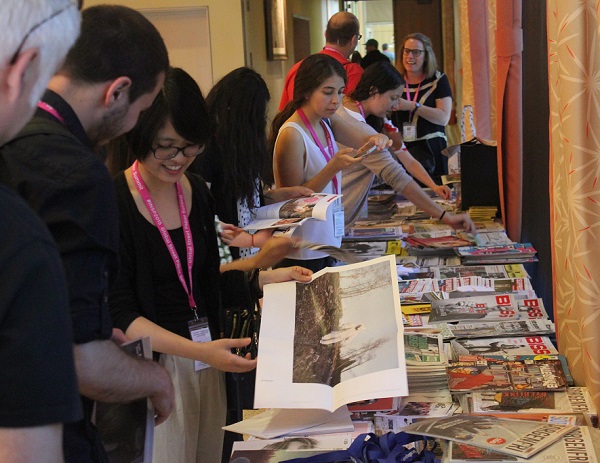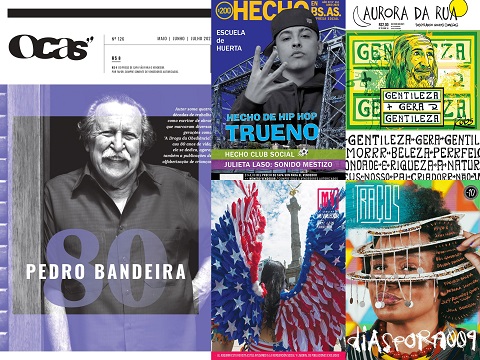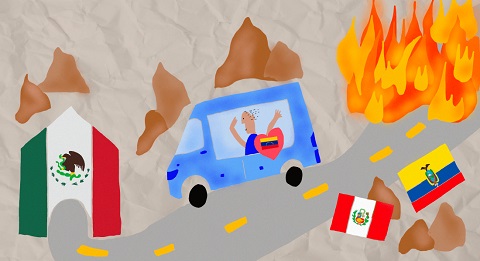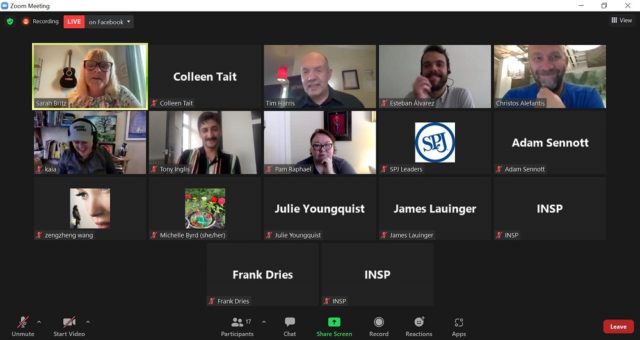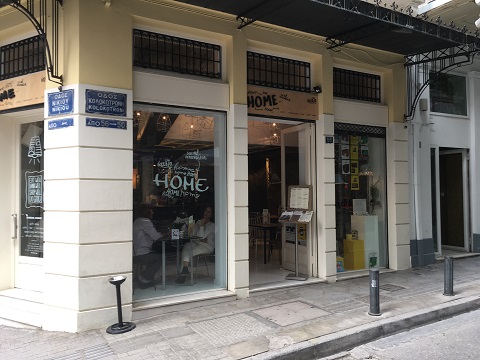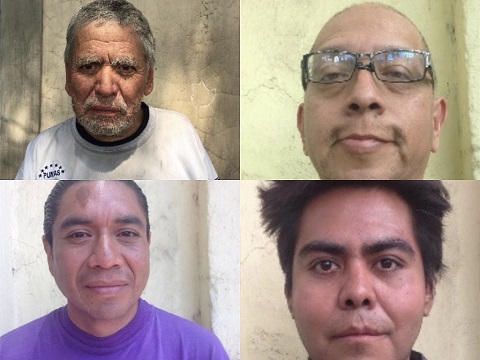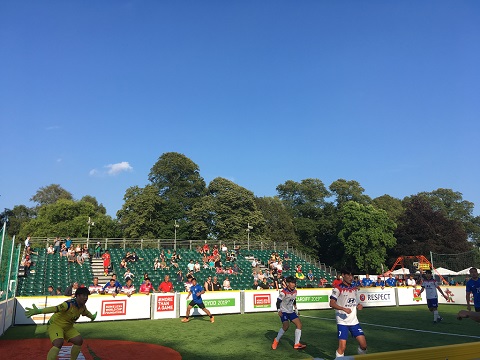We provide start-up support, advice and toolkits to organisations and individuals interested in setting up street papers.
Our network now includes over 100 street papers in 35 countries.
Case Study: Peatón
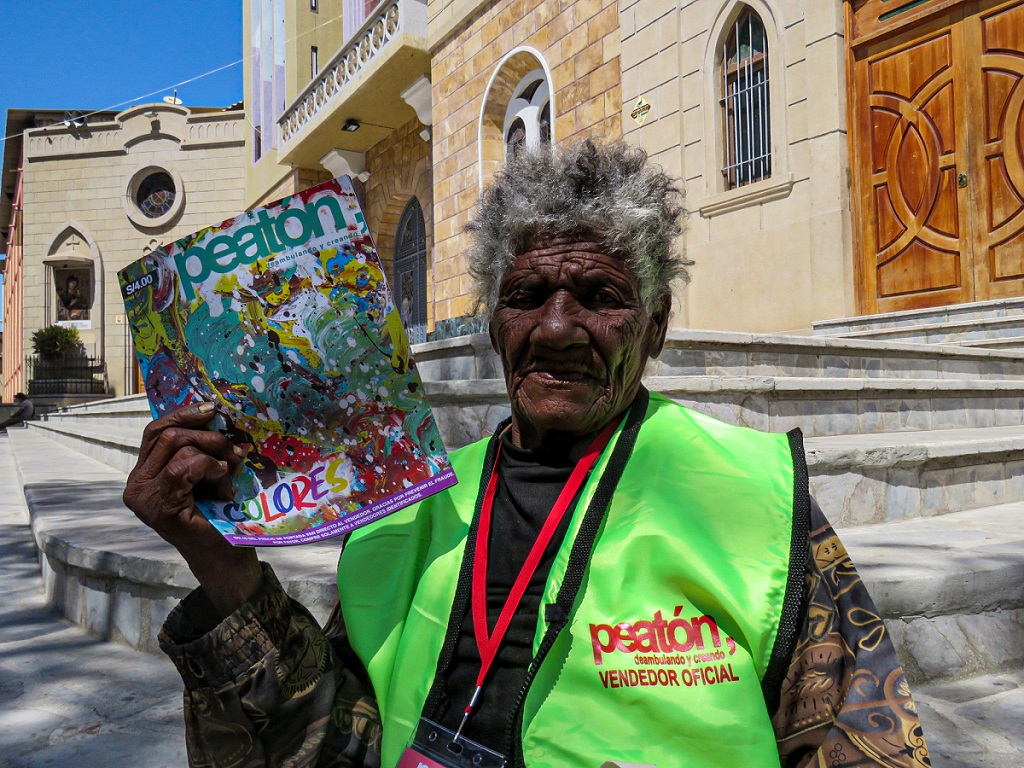
Peatón [or “pedestrian” – that is, someone who walks on the street – which is subtitled with “deambulando y creando”, meaning “wandering and creating”] is a new publication which seeks to empower homeless and unemployed individuals in Peru to earn an income.
Bought by vendors for 1.95 nuevos soles [around 50p] and sold to readers for 4 nuevos soles [about £1], Peatón is a bimonthly street paper, and can be found in the north-western Peruvian city of Piura, the hometown of its founder, Jorge Ledesma.
Ledesma told INSP that, even though he was initially unaware of the street paper movement, he fell in love with the idea once he came across it.
“It started last year when I had to quit my job and started taking photographs, which I found therapeutic,” said Ledesma. “I was an amateur photographer, but I decided I wanted to study the art more seriously. One day, I went out with a class to walk the streets of downtown Lima [Peru’s capital]. We stumbled upon the reality of homeless people living on the streets around the city. Others in the group were taking pictures and even posting them to social media. I was very frustrated with this. It seemed like a breach of their privacy and wrong to just take photos simply for likes.”
Ledesma explained that, soon after, he was scrolling through his Twitter timeline and came across the story of a young Argentinian girl who was in a desperate situation, due to a lack of housing and work, and was looking for help.
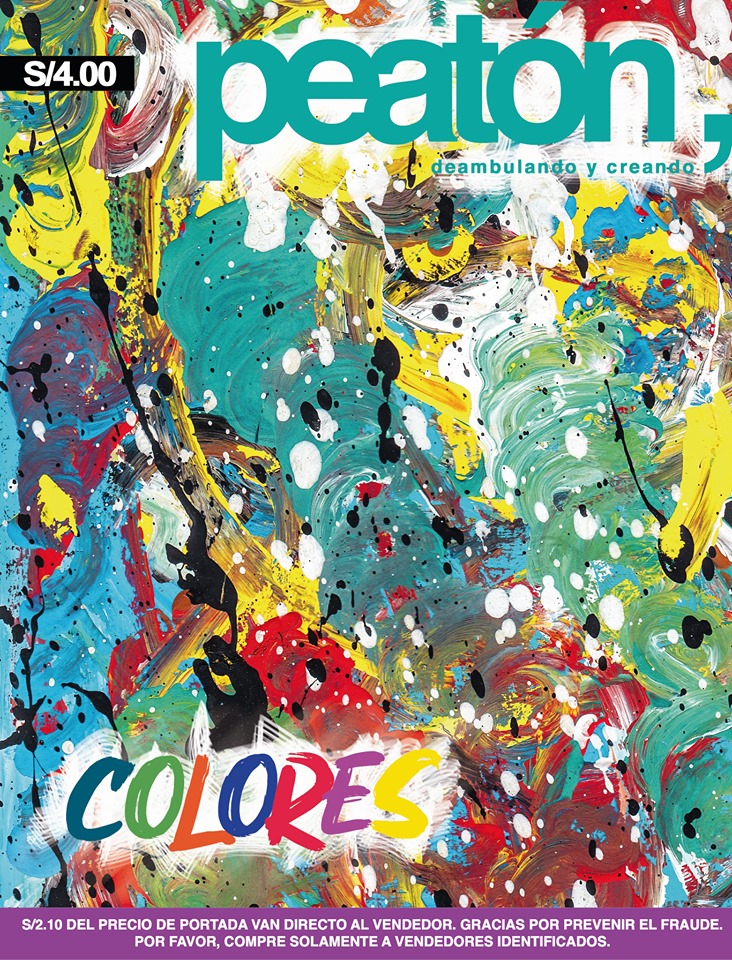
“I fell in love with the street paper project – it was love at first sight.”
“It was [Argentinian street paper] Hecho en Bs. As. that gave her a quick response to her problem,” explained Ledesma. “I was immediately interested in investigating more about the work of street papers. I had been thinking about creating a magazine for my pictures, though not necessarily a street paper. When I saw this, I fell in love with the [street paper] project – it was love at first sight.”
Now, that initial spark has become a reality. Working with a friend and colleague, Mahira Vásquez, Ledesma launched the street paper in July 2019 on the streets of Piura, with its first two vendors: Olga and Eremia. Each was initially given five free copies to sell.
“Olga has been living on the streets for 20 years,” said Ledesma. “She has no parents or family, and is well known in the city. Selling Peatón was the first time that she had been able to earn money without begging.”
Peatón was set up in Piura mainly out of convenience for Ledesma, who devotes all his time and energy to creating the publication and recruiting vendors. But his vision for the magazine is wider. “We decided that those who will benefit from Peatón won’t just be those experiencing homelessness, but also those struggling to find a job. We are lucky in Piura that there isn’t as much of a problem with homelessness as in other Peruvian cities, like Lima. I hope that the project will eventually be replicated there.”
Content-wise, Peatón is an incredibly visual street paper, including vivid art and photographs about the local surroundings. Ledesma paid tribute to Mexico’s Mi Valedor, which he said was the “street paper that most influences us in our style and resources”.
![Jorge Ledesma and Mahira Vásquez with copies of the first edition of Peatón. [Courtesy of Jorge Ledesma / Peatón]](https://hub.insp.ngo/wp-content/uploads/2019/07/INSP_Peaton_6.jpg)
Now a member of INSP, Peatón is able to benefit from the network’s shared knowledge and resources and INSP’s array of member services.
“It is a blessing to be a part of the network,” he said. “It’s an honour to be involved in this international movement, and without INSP’s resources, we wouldn’t have been able to make the paper.”
“After a difficult time, creating the street paper has become my life project. What it does for others [by providing an income] will just be a way for me to give back. Peatón, literally, saved my life.”
Peatón joined INSP in 2019.
Interested in finding out more about how to start a street paper?




